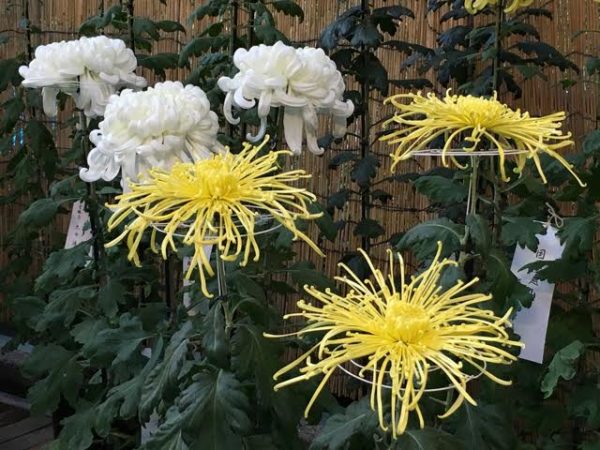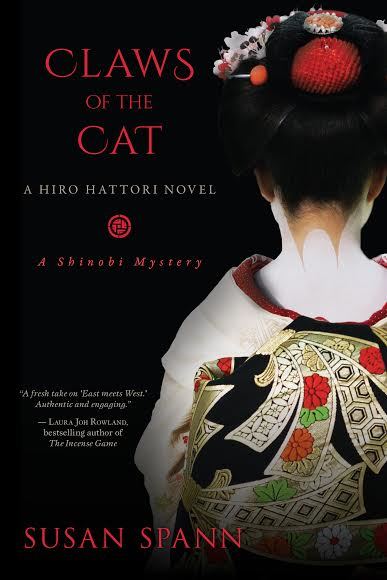Japan is famous for the ornamental cherry trees whose blossoms—known as sakura—transform the country’s mountains, parks, and rivers with spectacular pink and white blossoms every spring. The delicate sakura are an iconic symbol of Japan, and with good reason. For thousands of years, Japanese people from all walks of life have enjoyed and celebrated these lovely blooms
Cherry blossoms typically bloom and die within just a few days, making them an enduring symbol of the transience and fragility of life. During the few short weeks of the sakura season, people flock to parks for hanami (flower viewing) parties beneath the trees.
The sakura may be the most famous Japanese blossom, but it’s far from the only flower celebrated in Japan. In fact, flower festivals occur across Japan in every season of the year.

December and January mark the blooming season for camellias (tsubaki, in Japanese), and many people visit the island of Oshima, which rises from the sea about 120-km south of Tokyo, in the Izu archipelago, to experience the hundreds of varieties of vibrant camellias growing there. In addition to their beauty, the camellia seeds produce an oil that’s used as a skin care aid as well as for cooking.

After the camellias pass their peak, people across Japan start watching for the pink and purple ume—(Japanese plum blossoms), which are widely considered the earliest harbingers of spring. Although less famous than their more delicate cousins, the sakura, the ume are just as beloved, and have inspired Japanese poets and painters for many centuries.

After the plums, the sakura bloom, and then, in late April or early May, the wild azaleas appear on the mountainsides and deep purple irises bloom in gardens and temple yards across Japan. Tokyoites flock to Meiji Shrine to visit the iris garden planted by Empress Shoken (wife of the Meiji emperor, who ruled from 1868-1912), which features hundreds of different species of iris planted to resemble a river flowing through the shrine’s inner grounds.

In June, festivals across Japan celebrate the puffy, colorful hydrangeas (ajisai) that bloom in a rainbow of different hues. One of the most famous, the Bunko Hydrangea Festival in Tokyo, takes place at Hakusan Shrine and park, and features over 3,000 hydrangea bushes, as well as painted lanterns, festival food, and sweets designed to resemble the colorful blue and purple ajisai.

CLAWS OF THE CAT by Susan Spann
Shinobi Mystery #6
A master ninja and a Portuguese priest investigate the murder of a
samurai in medieval Kyoto.
May 1564: When a samurai is brutally murdered in a Kyoto teahouse, master ninja Hiro has no desire to get involved. But the beautiful entertainer accused of the crime enlists the help of Father Mateo, the Portuguese Jesuit Hiro is sworn to protect, leaving the master shinobi with just three days to find the killer in order to save the girl and the priest from execution. The investigation plunges Hiro and Father Mateo into the dangerous waters of Kyoto’s floating world, where they learn that everyone from the elusive teahouse owner to the dead man’s dishonored brother has a motive to keep the samurai’s death a mystery.
A rare murder weapon favored by ninja assassins, a female samurai warrior, and a hidden affair leave Hiro with too many suspects and far too little time. Worse, the ninja’s investigation uncovers a host of secrets that threaten not only Father Mateo and the teahouse, but the very future of Japan.
Historical | Mystery Historical [Seventh Street Books, On Sale: April 23, 2019, Paperback / e-Book (reprint), ISBN: 9781633885448 / ]
Buy CLAWS OF THE CAT: Amazon.com | Kindle
| BN.com | Powell’s Books | Books-A-Million | Indiebound | Ripped Bodice | Amazon CA | Amazon UK | Amazon DE | Amazon FR
About Susan Spann
Susan Spann is the author of seven novels in the bestselling Hiro Hattori mystery series. She was the 2015 Rocky Mountain Fiction Writers’ Writer of the Year, and has a degree in Asian Studies, as well as a lifelong love of Japanese history, food and culture. She currently lives in Tokyo, where she is working on an upcoming nonfiction book about mountain climbing in Japan as well as the next installment in the Hiro Hattori mystery series.




No Comments
Comments are closed.